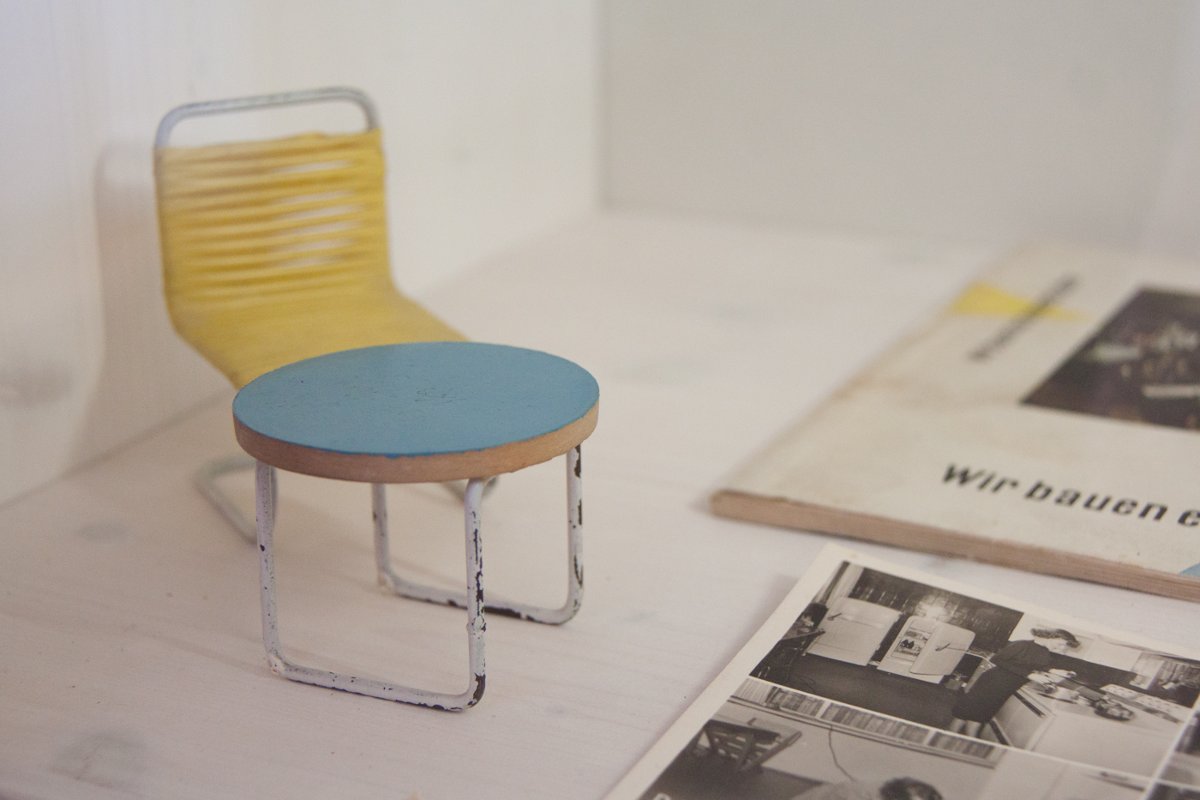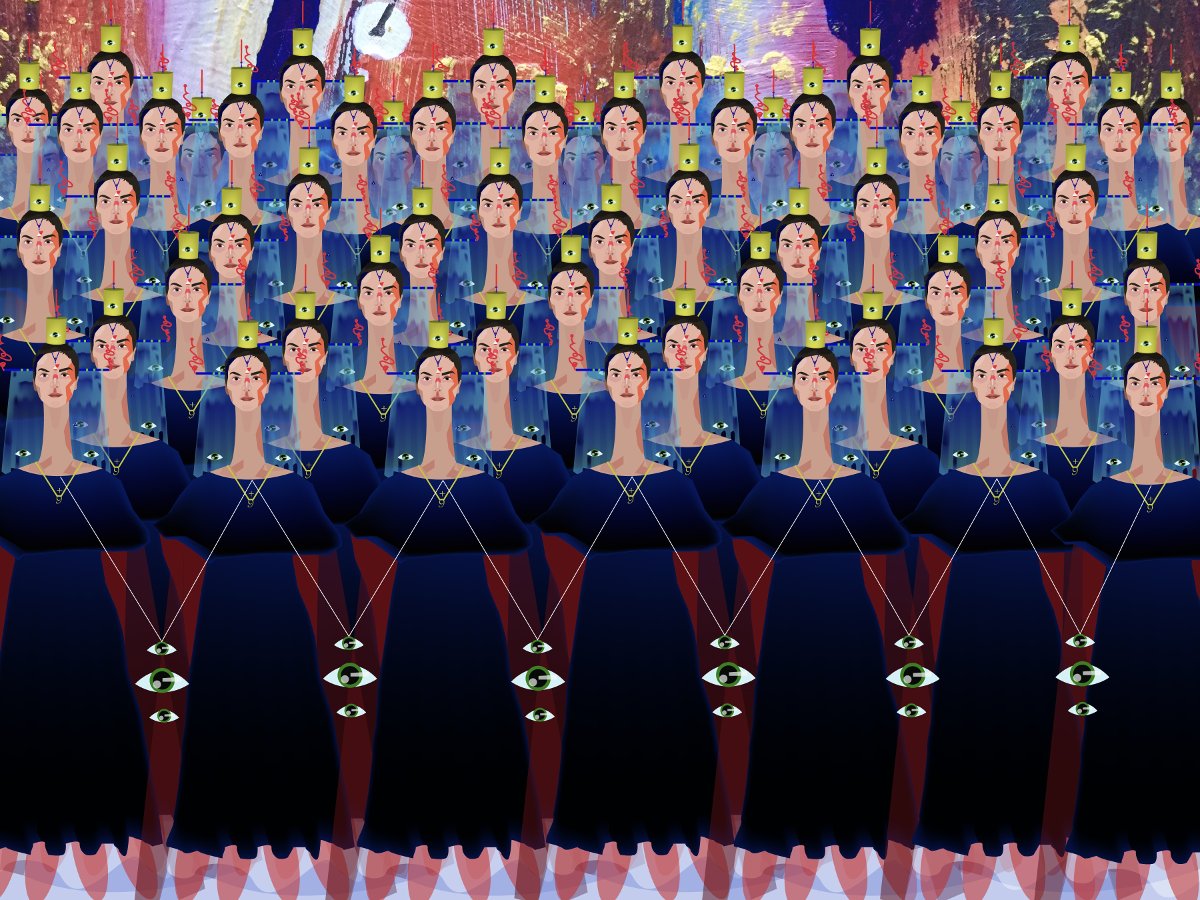I joined the Army in 1967 identifying as an IBMer and was honorably discharged in 1970 feeling more like an SDSer. (Student for a Democratic Society). I interviewed for a job at IBM before I started basic training at Fort Knox in the hopes they would keep me in mind when I got out. The Army told me they would send me to Monterrey, California for 6 months of German language training and then on to Germany to complete my three year commitment. My future looked bright – 2 years of a European immersion experience and then off to a career in international marketing. Six months later, I was in Vietnam. Life suddenly turned dark. I was transformed from a capitalist to a communist (well, not quite) in one year. Now that’s an effective training program – from desiring a job in corporate America to joining Vietnam Veterans Against the War.
Most of us encounter dark times in our lives. I don’t know anyone who hasn’t. It’s all relative. To set up this post, I will discuss the darkness of poverty and homelessness and then explore some ways to lighten the load of people living under those and other dark conditions.
For a little perspective, there are over 100 million displaced or stateless people in the world today and growing. 700 million people live in poverty – defined as living on less than $2.00 per day. How do people find light in that darkness? How do any of us find light in our own lives when we enter dark periods.
To me, poverty and homelessness are two of the biggest measures of how well our educational systems, criminal justice systems, social justice systems, transportation systems, mental health services, economic development processes and foreign relations programs are working. It appears that most are broken and, as a result, too many people are living broken lives in dark conditions – especially children.
I just read two brilliant books on these two measures of our humanity. The first, Poverty by America, by Matthew Desmond, discusses how capitalism is designed to keep people trapped in a dependent relationship with corporations. The second, Rough Sleepers, by Tracy Kidder, shines light on the work of Dr. Jim O’Connell as he works tirelessly and compassionately with homeless people in Boston. Both books are dark and depressing as well as inspiring and enlightening. Let me share some quick reviews.
While Desmond acknowledges the structural and systemic issues causing so many of our problems, he implores us to look in the mirror to confront own our complicity. People suffer not only because of abstract, macro forces but also from specific acts of exploitation from those of us a couple of rungs up the economic ladder. Landlords, payday lenders and our own level of attachment to exclusivity all play a role in poverty.
Desmond suggests that poverty exists and endures partly because of the choices and actions of governments and corporations as well as more fortunate Americans. He writes, “The simple truth is that poverty is an injury, a taking. Tens of millions of Americans do not end up poor by a mistake of history or personal conduct. Poverty persists because some wish and will it to.”
Some of the most obvious types of exploitation leading to poverty include paying undocumented workers less than minimum wage, denying overtime, assessing heavy overdraft fees on people who can’t keep minimum balances in their checking accounts, giving tax breaks to private equity partners and high income individuals, charging high rents to low-income tenants with few alternatives, etc. Desmond concludes that poverty is not only not having enough money but not having enough choice. He suggests that even proud, progressive, affluent Americans benefit from tax breaks on mortgages, college savings plans, low prices due to labor abuses that make those prices possible and discriminatory lending and zoning practices. Redlining may now be illegal, but NIMBY still perpetuates poverty by excluding affordable, multi-family housing in our communities. If we are really serious about reducing poverty, we not only need to expand the safety net, we also need to pay our fair share in taxes, welcome diversity into our neighborhoods and schools, and make better decisions about what we buy and where we send our kids to school. These decisions will cause discomfort, but that’s the price we all need to pay to reduce the shame of poverty in our world. We need to step up to our own agency in addressing this problem.
The ugly truth is that corporations would rather have employees dependent upon them than dependent on the government for wages. They actually benefit from poverty because they are able to pay lower wages and fewer taxes.
In Rough Sleepers, Tracy Kidder once again highlights the heroics of an unusually dedicated man. In this case, Kidder urges us to imagine Dr. Jim O’Connell as the Sysyphus of America’s homeless. O’Connell, a Harvard-trained physician, has been treating Boston’s most vulnerable unhoused population since 1985. Like Paul Farmer, the hero in his book Mountains Beyond Mountains, Kidder powerfully documents how one person can make a difference.
Rough sleepers are the people who live mostly outdoors in parks, subway tunnels, sidewalks or wherever they may find a warm vent and who die at ten times the rate of housed people. This story revolves primarily around one particular 6 feet plus, rough sleeper, Tony, in the North End of Boston who has been homeless after serving 18 years in prison. While Tony self-medicates with alcohol and cocaine, he also protects his homeless comrades. He breaks up fights, protects women from sexual assaults, nurses his fellow victims, cleans people up when they soil themselves, sleeps side by side with his male or female friends on cold nights to keep them warm, and serves as an aide in the homeless shelter during his recurring visits. Tony shares with Dr. Jim, “When I was a kid, I seen people murdered. It didn’t bother me. Now, a bird dies and I can’t stop crying.” You get the picture. Tony is an incredibly sensitive and soothing person with a terribly traumatic history and menacing mental illness issues.
Dr. O’Connell forms a relationship with Tony early on in his doctoring mission and continues to care for him through every crisis painfully and painstakingly described in the book. As the leader of the Boston Health Care for the Homeless Program, Dr. Jim has endless patience and compassion for each person he serves no matter what their circumstances. He rides around in a van taking care of the men and women with frostbite, maggot-infested wounds, and drug overdoses. He has bottomless tolerance and gives patients money or pays for their hotel rooms when they need it. His generosity and selflessness go beyond whatever call of duty I could ever imagine. He even delivers medications to bartenders where he knows his clients will show up. He brings light to every dark situation he encounters.
For this book, Kidder digs into public records, studies the social science research, and draws on several years observing Dr. Jim do his work. He also investigates the lives of the prominent characters in the book including Tony, whom he discovers was sexually abused by a priest as a child. Ultimately, Tony dies from one of many complications of drug abuse and Dr. Jim finally accepts that, after 40 years, he no longer has the energy to continue. For four decades, Dr. O’Connell kept pushing the rock up the hill and bringing light to darkness. Kidder’s writing, Tony’s spirit, and O’Connell’s life are truly inspiring. I highly recommend both books.
So what are the lessons here? I shared these two books because I believe it’s important to find or bring our own agency and rays of light whenever and wherever we encounter darkness. While none of us is likely to change the banking or criminal justice system or raise our game to the level of a Paul Farmer or Jim O’Connell, we can still respond responsibly and respectfully to people who are less fortunate or who are suffering from unexpected tragedy, trauma, or twists of fate. Most importantly, we can appreciate and apply the power of love in moments of darkness and despair. That means being fully present, listening, and caring when we would prefer to pretend that the problem didn’t exist.
For me, we can start by stopping exploitation, exceptionalism and exclusivity. Keeping people off government welfare so they are more vulnerable to corporate exploitation must stop. Thinking our systems serve as the models for the world and that we are somehow exceptional in our excellence must end. And continuing to retreat to our exclusive enclaves and comfort zones must reach a reckoning point. We need to empower instead of exploit. We need to embrace the truth instead of embracing our “exceptionalism.” We need to exude a welcoming attitude instead of exacerbating our exclusivity. There are many shades of darkness and many sources of light. The trick is to apply the right type and intensity of light to different degrees of darkness. Unfortunately, that requires a level of wisdom and compassion we rarely see.
If we have any hope of changing the systems that keep producing poor, homeless, and despairing people, we will need to do whatever we can to develop individual and organizational agency and shed light on whatever situation darkens our doorsteps. We can start by getting informed, involved and invested in the issues we face. We can succeed if we bring all of our love to moments of despair. Essentially, THIS all comes down to X’s and O’s. We need to X out the ex’s in the world (exploitation, extraction, exceptionalism and exclusivity) and circle (O) the L’s in our lives (love, light, learning, and liberty). In short, we need to bring whatever light we have to whatever darkness we encounter. May it be so.
Also published on Medium.




Wow! Thank you Ricky